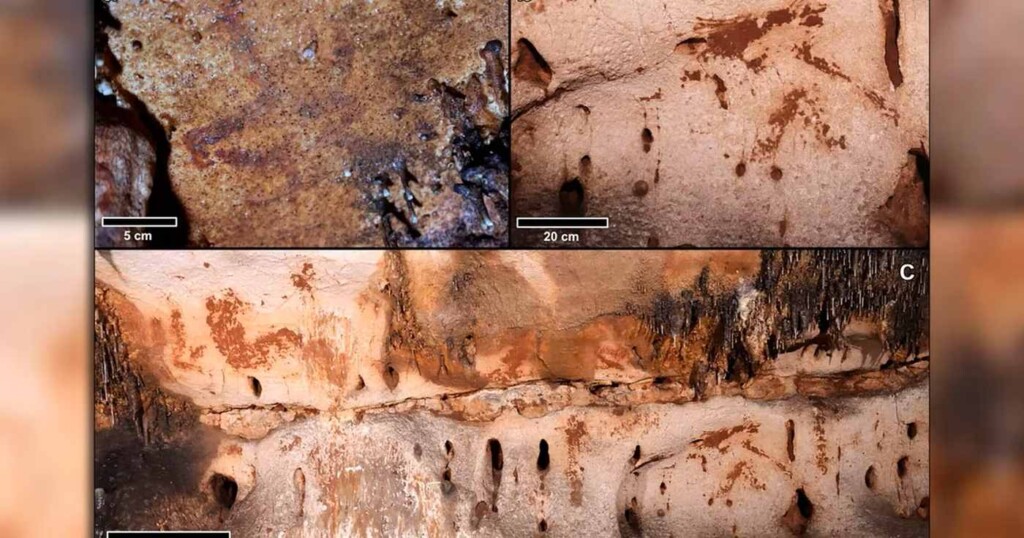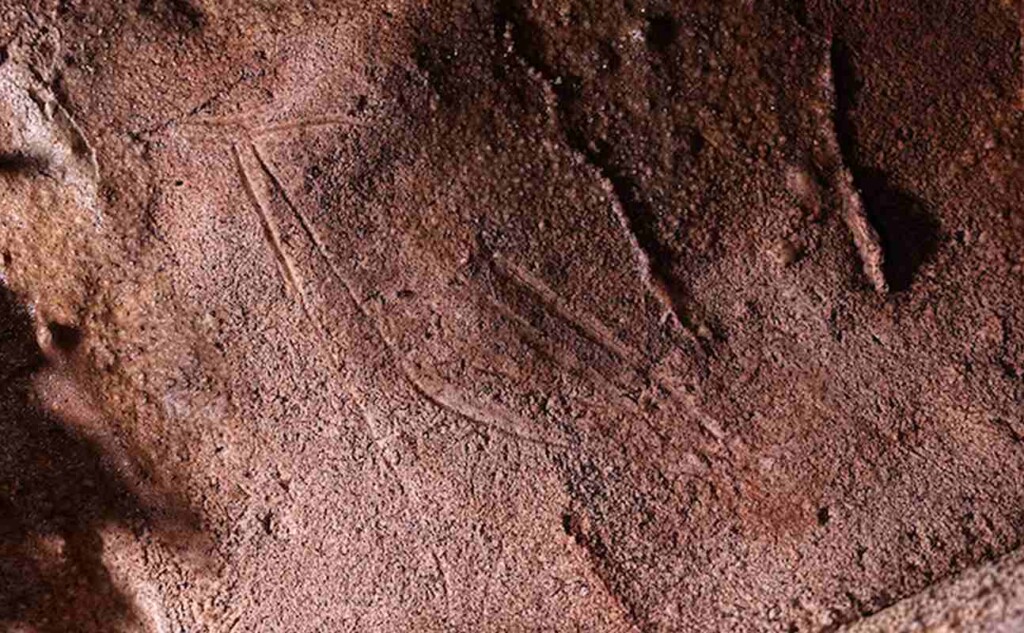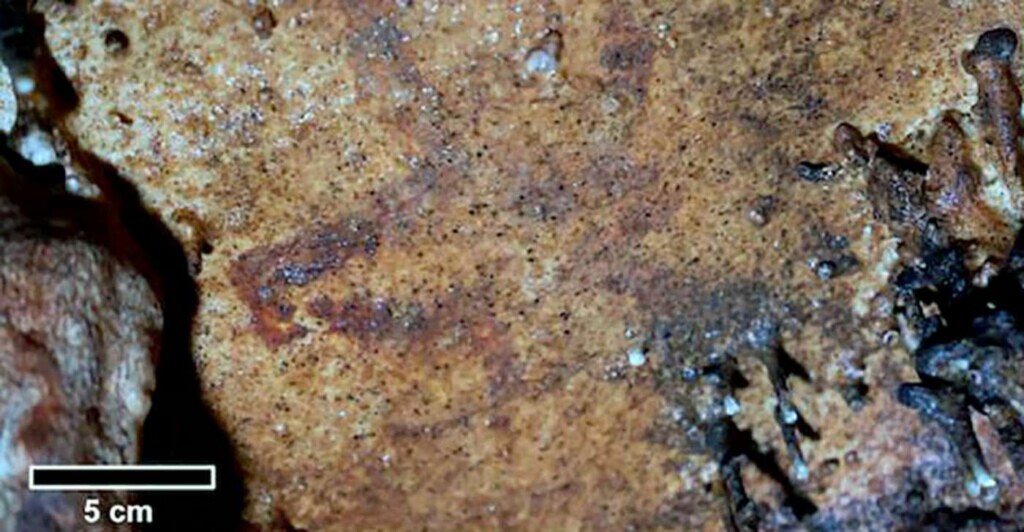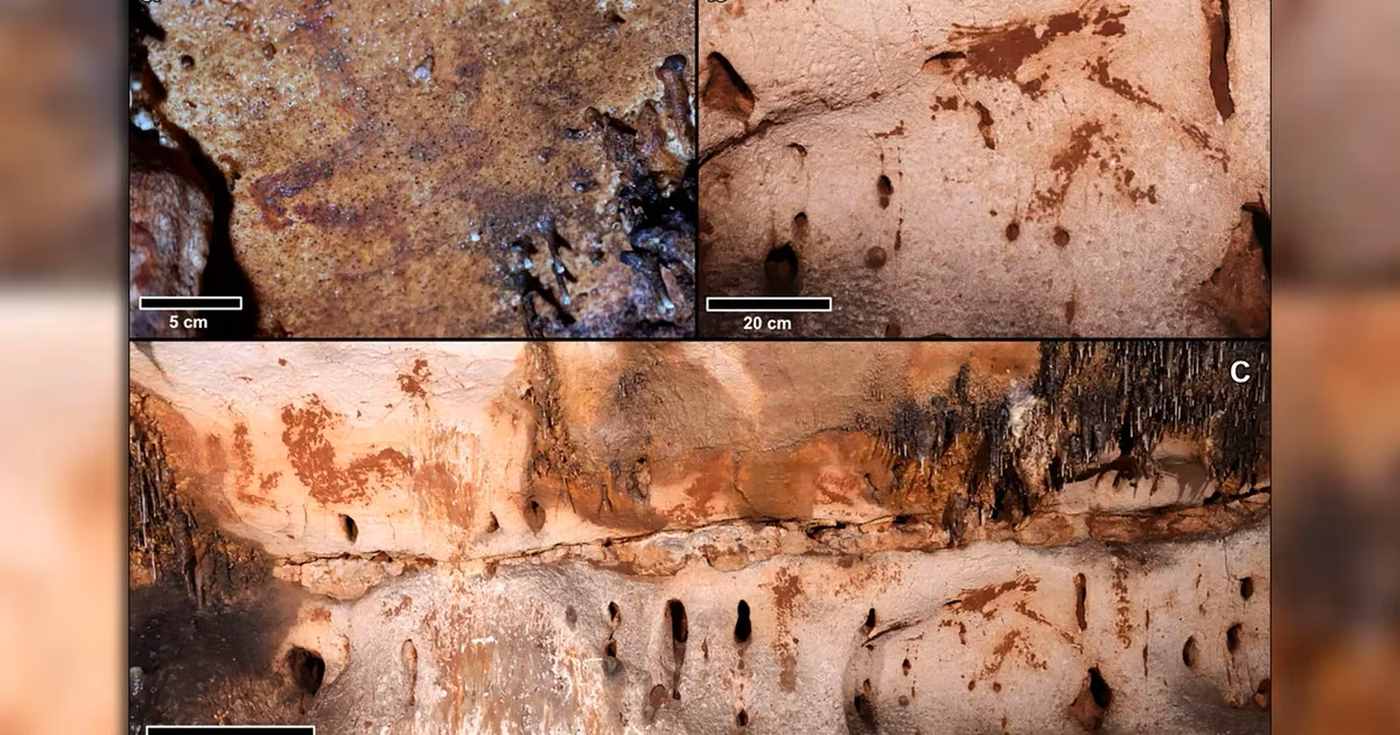
When you think of Spain, I’ll bet you probably picture bulls and bullfighters, rugged hills cloaked in olive trees, tapas bars, or the Alhambra, but I’ll bet you don’t picture cave paintings.
Actually, no country on Earth has more paleolithic cave art than Spain, and a new discovery merely adds to that position—110 paintings and engravings dating back 24,000 years.
They were found in a cave called Cueva Dones, a well-known site for adventurers, hikers, and spelunkers in Eastern Spain near Valencia. A 500-meter cave system that opens into a steep river gorge.
It wasn’t until 2021 that scientists from the universities of Zaragoza in Spain and Southampton in the UK, discovered rock art in three separate locations that seemed to depict extinct animals that would have roamed Paleolithic Europe.
“Although Spain is the country with the largest number of Paleolithic cave art sites, most of them are concentrated in northern Spain,” said Aitor Ruiz-Redondo, senior lecturer of prehistory at the University of Zaragoza. “Eastern Iberia is an area where few of these sites have been documented so far.”
CHECK THESE OUT: Newly Discovered Rock Art Panels Depict How Ancient Ancestors Envisioned Creation and Adapted to Change
Ruiz-Redondo and his co-authors in their paper describe the depictions of animals and shapes as the most important cave art site found in Eastern Spain because of the number, the variety of animals, and the diversity of motifs and artistic methods.
Horses, a red deer stag, seven hinds (female red deer), two auroch (an extinct wild bovine), and two indeterminate animals are depicted in both red clay finger paintings, and engravings.


There are also a variety of finger flutings on the soft cave ceiling, and some basic shapes.
“Once we began the proper systematic survey, we realized we were facing a major cave art site, like the ones that can be found elsewhere in Cantabrian Spain, southern France or Andalusia, but that totally lack in this territory,” said Ruiz-Redondo.
ROCK ART DISCOVERIES: 300 Epic Ancient Murals ‘Unique in the World’ Depict Creation Myths on Texas Rock: ‘Oldest Books in North America’
The Franco-Cantabrian region is home to more than 70% of all known Paleolithic cave art sites worldwide. Caves are unique places for artwork to survive the eons because of the relatively unchanging conditions of light, moisture, and temperature.
This kind of clay painting technique is only rarely found in Paleolithic cave art, the researchers note, yet it’s apparently the primary method used by the prehistoric painters of Cueva Dones where research will continue into the near future looking for better ways to date the art, and for more art that may still be hiding.
SHARE This Important Part Of The Human Story With Your Friends…




















